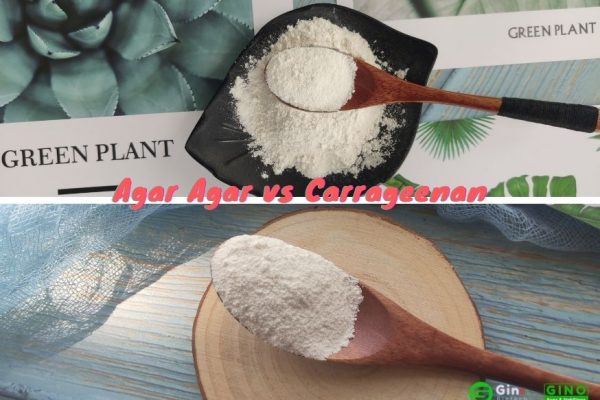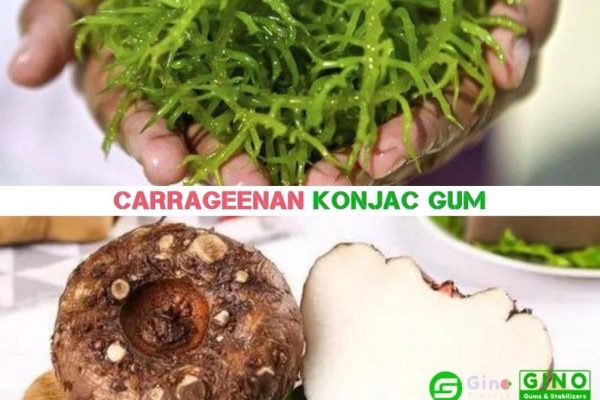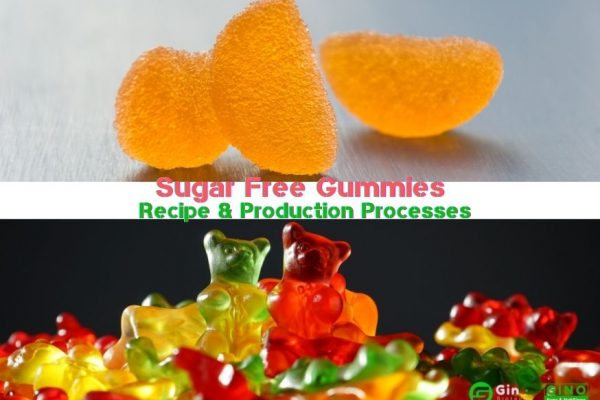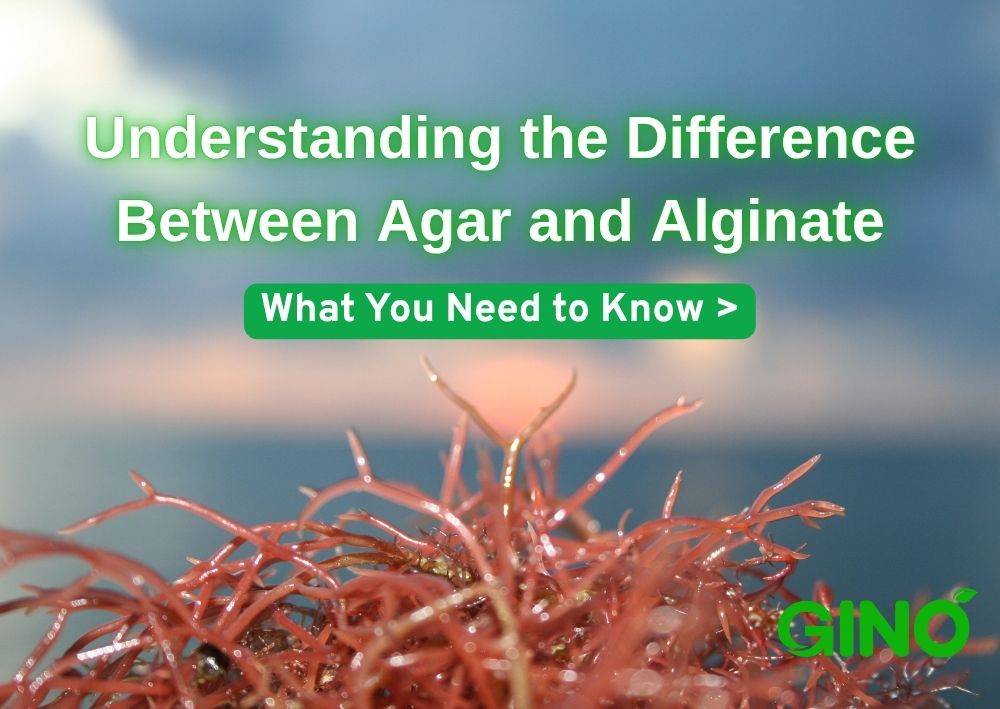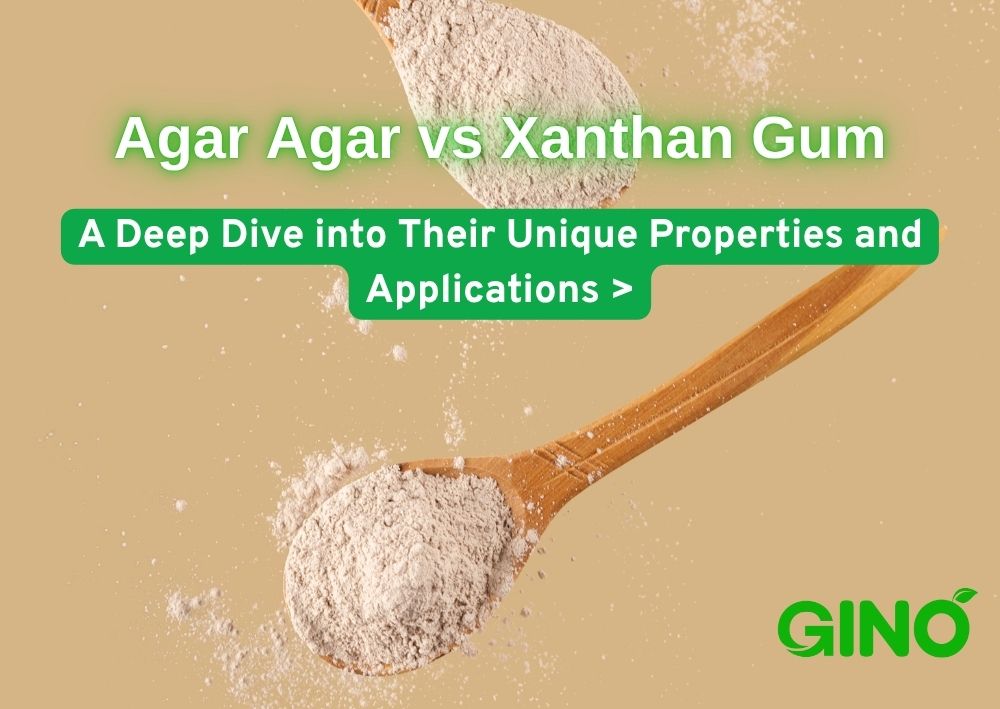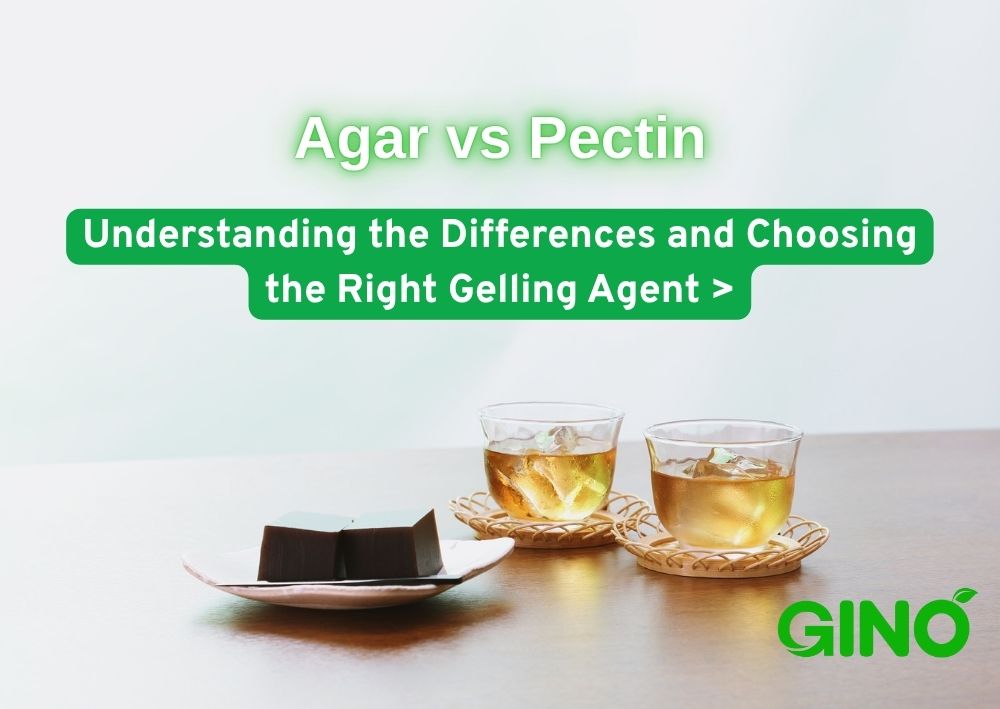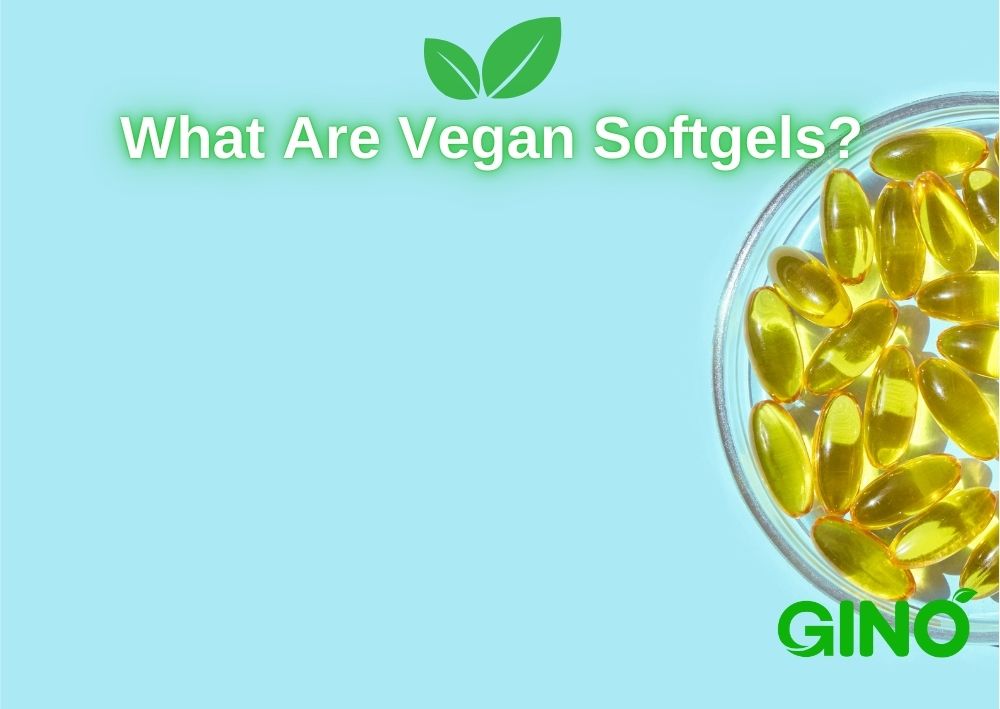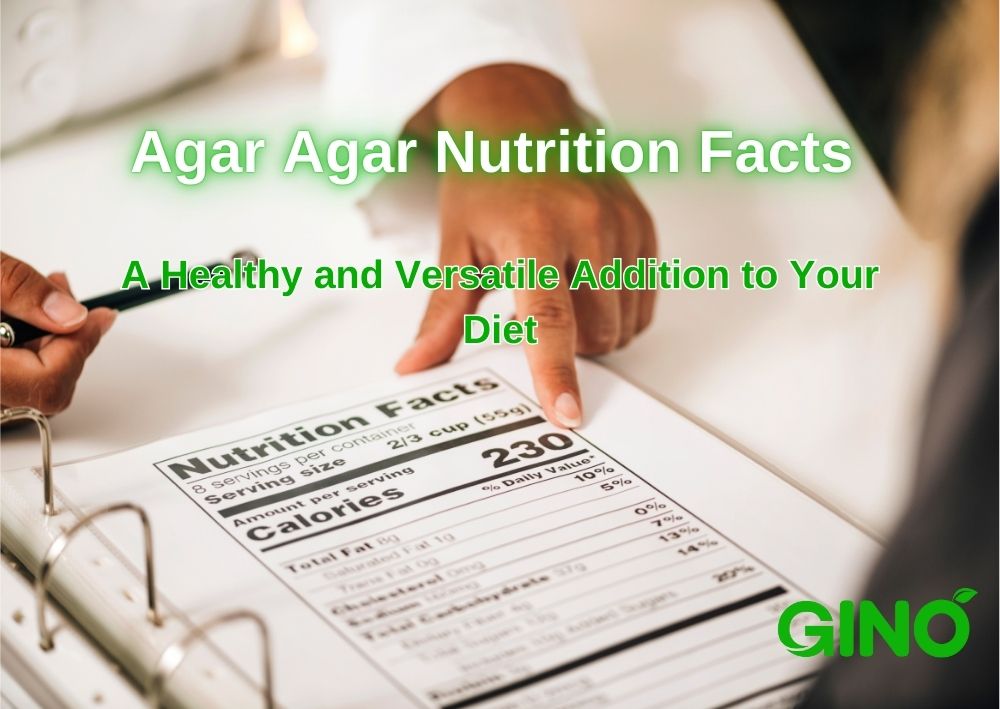E406 Agar vs Agarose | Verschil tussen Agar en Agarose
Agar vs Agarose | Inhoudsopgave
Abstract: Agar vs Agarose. Agar is een hydrocolloïde dat bestaat uit agarose en agarpectine, en agarose kan worden verkregen door agarpectine uit agar te verwijderen. Agar en agarose zijn op grote schaal gebruikt in voeding, medicijnen, chemie, textiel, nationale defensie en andere gebieden vanwege dezelfde speciale gelerende eigenschappen, zoals significante stevigheid, hysterese en hysterese, gemakkelijke absorptie van water, speciaal stabilisatie-effect, enz. Ze worden op de internationale markt "nieuwe Oost-Aziatische producten" genoemd.
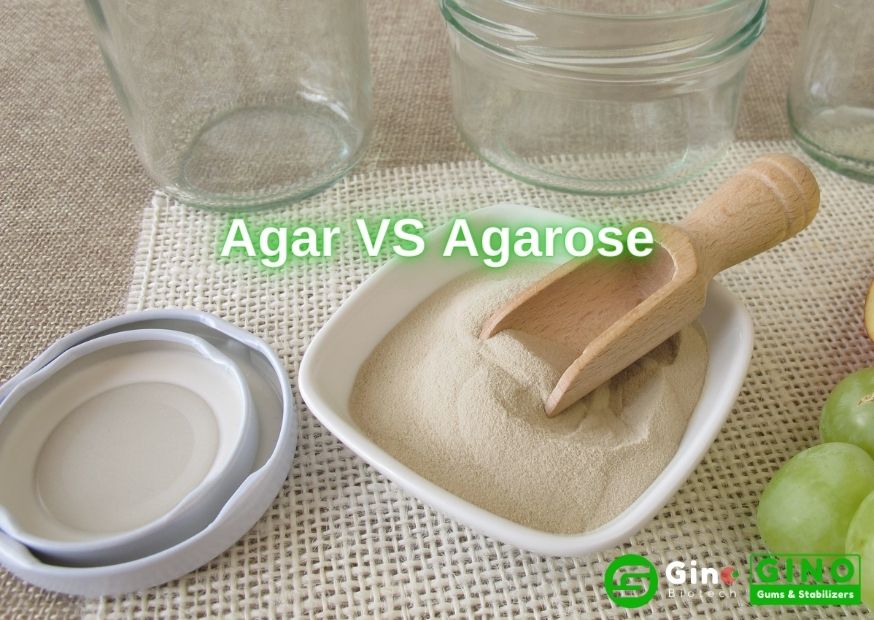
1. Wat is Agar-agar
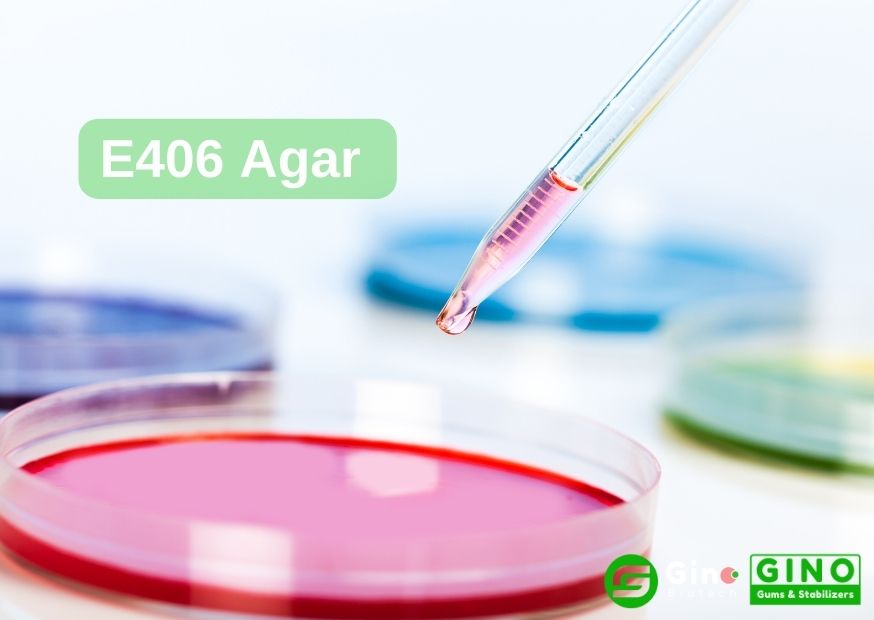
Agar wordt in China al meer dan 300 jaar gebruikt als een uniek voedingsadditief. Agar is een hydrocolloïde dat bestaat uit agarose en agarpectine, een zeewiergel die wordt gewonnen uit rode algen.
Agar heeft een breed scala aan toepassingen, voornamelijk in de voedingsmiddelenindustrie, farmaceutische industrie, dagelijkse chemische industrie, biologische techniek enzovoort. In de voedselproductie kan agar niet alleen de textuur van voedsel veranderen, maar ook de kwaliteit van voedsel verbeteren.
Soorten Agar

Agar poeder
Gewone agarpoeder, instant agar

Agarstrips
Bulkverpakking, Winkelverpakking

Agarvlokken
Nieuwe vormen van agarproducten
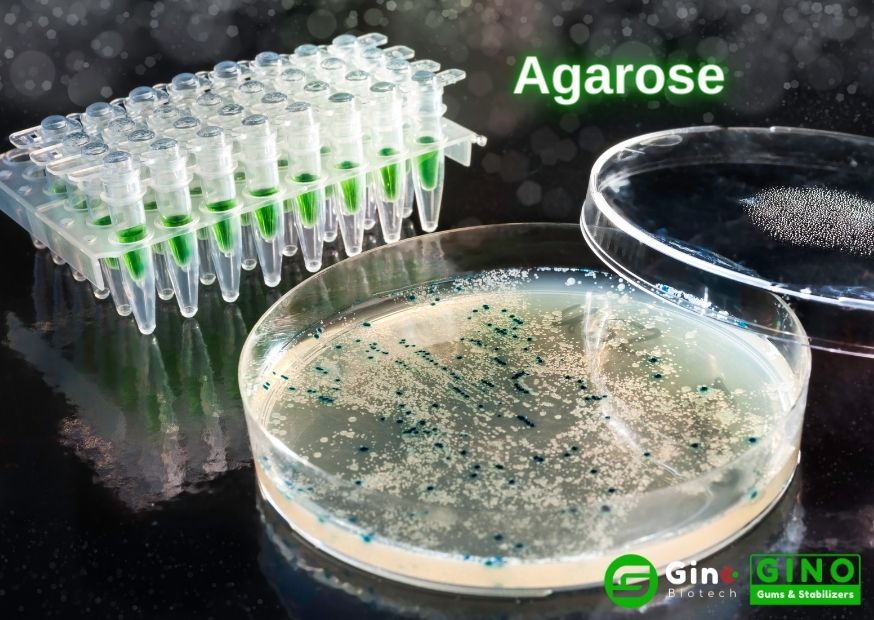
2.1 Inleiding tot agarose
Simpel gezegd, wanneer de agarpectine uit de agar wordt verwijderd, is het overblijvende deel agarose. Agarose is het resultaat van de zuivering van polysacharide agar.
Agarose is een ketenachtige neutrale polysacharide die bestaat uit D-galactose en 3,6-endoether-L-galactose. De structurele eenheid bevat een hydroxyl functionele groep, die gemakkelijk waterstofbruggen kan vormen met waterstofatomen in de structurele eenheid en watermoleculen rond het ketensegment.
2.2 Agarose-eigenschappen
- Goede transparantie: Snelle oplossing, heldere en transparante gel
- Hoge sterkte: Zorgt voor de sterkte en elasticiteit van de gel, en de gel is niet gemakkelijk te breken, zelfs niet in lage concentratie.
- Laag EEO(elektrodosmose): Verminder de invloed op de migratie en scheiding van elektroforetische massamigratie
- Extreem lage achtergrond: Geen andere fluorescerende stoffen storen, de zwemband en de achtergrond zijn duidelijk gescheiden in zwart-wit en de gemaakte foto's zijn goed.
- Geen nucleasen en proteasen.
2.2 Agarose-eigenschappen
Naast dezelfde eigenschappen als agar, heeft agarose ook een hogere zuiverheid, minder elektroosmose, hoge gelsterkte, kleurloos, enz. Het wordt veel gebruikt bij klinische tests, biochemische analyse, scheiding en zuivering van eiwitten, enzymen, nucleïnezuren, antigenen, antilichamen, virussen en polysacchariden en bij de bereiding van geavanceerde medicijnen.
2.4 Gebruik van agarose
Gebruikt als biochemisch reagens
Gedetailleerd gebruik van Agarose
- Voor desoxyribonucleïnezuur (DNA), lipoproteïne en immuno-elektroforese.
- Substraat voor biochemisch onderzoek zoals immunodiffusie.
- Biologisch, immunologisch, biochemisch en microbiologisch onderzoek.
- Gebruikt in de klinische geneeskunde voor het bepalen van hepatitis B-antigeen (HAA).
- Analyse van bloedelektroforese.
- A-fetoglobuline test.
- Diagnose van hepatitis, hepatocellulair carcinoom en hart- en vaatziekten.
- Agarose is ook het belangrijkste ingrediënt bij de productie van capsulehulzen.
- Het wordt ook gebruikt bij de productie van plasmasubstituten en wordt vaak gebruikt als stabilisator en emulgator.
- Door zijn goede biocompatibiliteit wordt het ook veel gebruikt bij de productie van biologische scheidingsmedia.
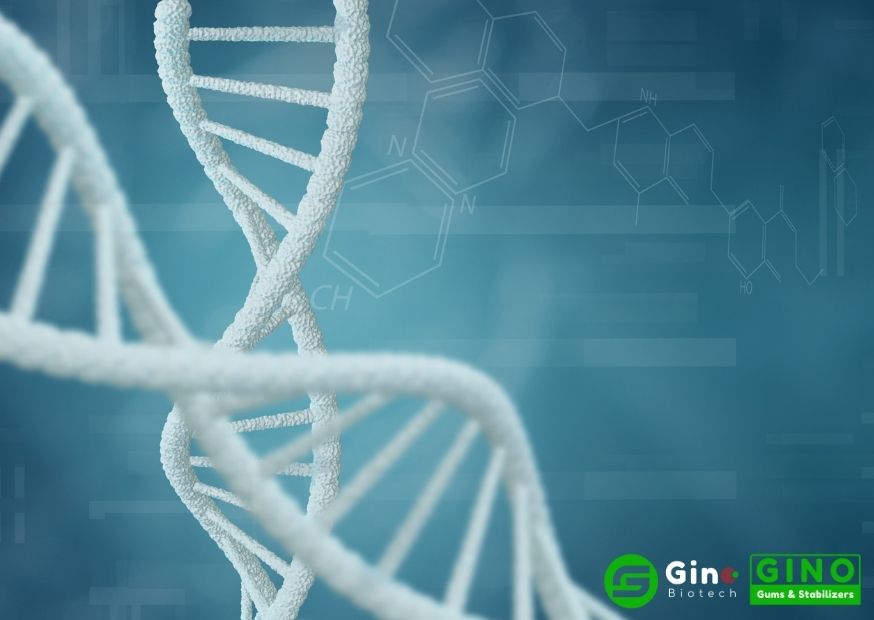
Het is bekend dat er ongeveer duizend toepassingen van agar en agarose zijn. Daaronder is agar niet alleen direct eetbaar, maar heeft het ook een breed scala aan toepassingen op het gebied van wetenschappelijk onderzoek, industrie en geneeskunde. Met de ontwikkeling van wetenschap en technologie in de wereld, zijn meer en meer mensen zich bewust van agar en agarose, en veel mensen in de industrie hebben deze kans aangegrepen en er snel gebruik van gemaakt, door agar toe te voegen aan verschillende aanverwante producten, zodat het gebruik van agar snel groeit en de vooruitzichten zeer goed zijn.
3. Agar vs Agarose
Overeenkomsten tussen Agar en Agarose
Hetzelfde uiterlijk: Agarpoeder is een wit of lichtgeel poeder en agarose is meestal een wit poeder.
De fysische eigenschappen zijn hetzelfde: Ze zijn zeer gemakkelijk te ontbinden in een oplossing in kokend water, onoplosbaar in koud water, maar kunnen water absorberen en opzwellen tot gel-achtige, en de oplossing is neutraal.
Agar en agarose hebben speciale gelerende eigenschappen, met name een hoge vastheid, hysterese en gemakkelijk absorberen van water, met een speciaal stabiliserend effect.
Verschil tussen Agar en Agarose
1. Verschillende samenstelling
Agarose is eenvoudigweg een lineaire polymorf die bestaat uit afwisselende galactoseverbindingen. Agar, aan de andere kant, is een polysacharide gewonnen uit zeewier en is een van de meest gebruikte gommen van zeewier ter wereld.
2. Verschillende toepassingen
Agar: Het wordt veel gebruikt in de voedingsindustrie en wordt ook vaak gebruikt als bacteriecultuurmedium. Het wordt ook gebruikt in de chemische industrie, medisch onderzoek, als kweekmedium en zalf.
Agarose: Op grote schaal gebruikt in voedsel, medicijnen, chemische industrie, textiel, nationale defensie en andere gebieden, volgens onvolledige statistieken, agar vs agarose heeft meer dan 1000 soorten toepassingen, is internationaal bekend als "nieuwe Oost-Aziatische producten".

Recente berichten

Wij zijn een biotechbedrijf dat gespecialiseerd is in het onderzoek naar en de ontwikkeling en commercialisering van innovatieve en technologische voedingsadditieven en hydrocolloïden. Agar Agar, Carrageen en Stabilisatoroplossingen op maat.
Met onze uitgebreide knowhow en ervaring in het onderzoek, de toepassing en het gebruik van hydrocolloïden kunnen we een one-stop-shop bieden aangepaste oplossingen perfect afgestemd op de behoeften van onze klanten.
Onze producten voldoen aan de behoeften van de vlees-, zuivel-, bakkerij-, banketbakkerij- en andere industriële sectoren.
Neem contact op met onze vertegenwoordiger voor meer informatie.


